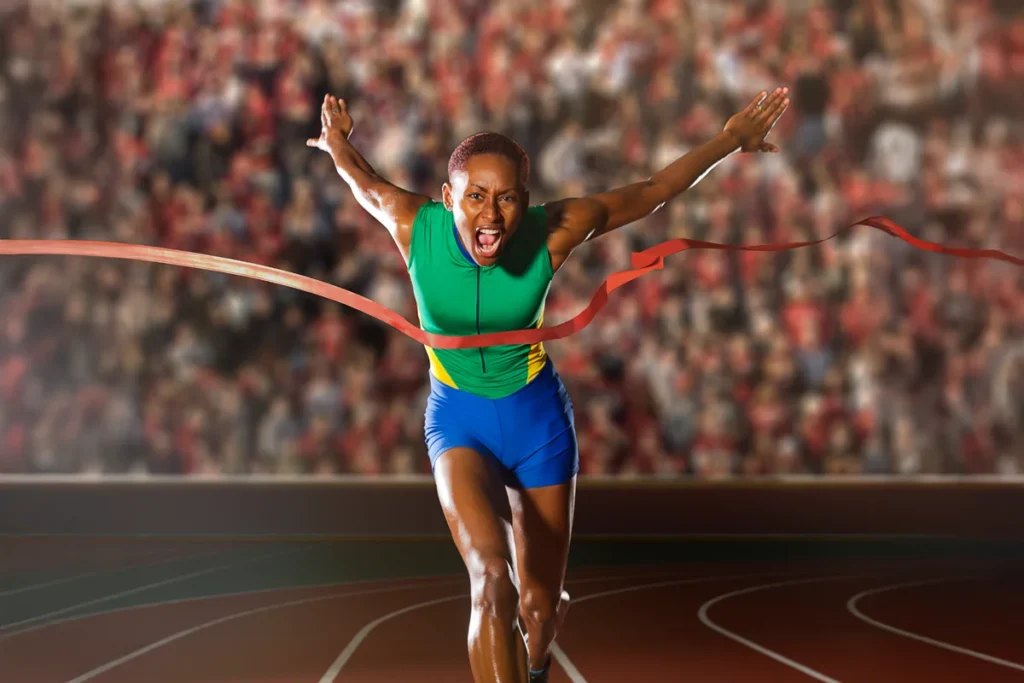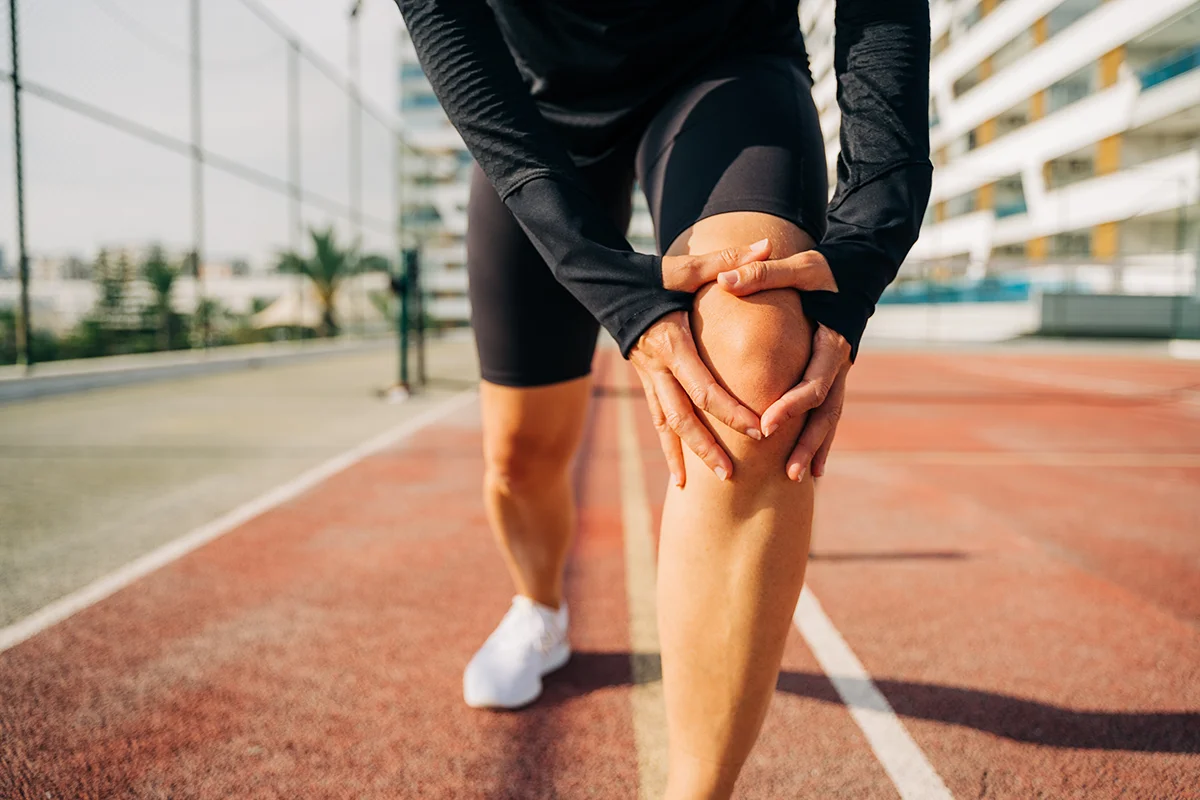By our fellowship-trained orthopaedic sports medicine team in Boise
Introduction for orthopaedics and sports medicine
Movement is part of life in Idaho. Whether you’re running the Greenbelt, skiing at Bogus Basin, or keeping up with kids and grandkids, healthy bones, joints, muscles, and tendons make it possible. Orthopaedics and sports medicine work together to diagnose problems, treat injuries, and guide you back to what you love. At Catalyst Orthopaedics, we combine precise diagnosis with practical treatment plans that fit your goals.
What do we mean by “orthopaedics” and “sports medicine”?
Orthopaedics focuses on the musculoskeletal system: bones, joints, ligaments, tendons, and muscles. We see everything from fractures and sprains to arthritis and cartilage damage. Sports medicine is a subspecialty within orthopaedics. It looks closely at how activity stresses the body and how to return safely to sport or work. You don’t need to be a professional athlete to benefit. If you’re active, you’re our kind of patient.
How this plays out in clinic: the same visit can cover a clear diagnosis, discussion of non-surgical options, and a return-to-activity plan. If surgery becomes the right choice, it’s planned with your timeline and sport in mind.
Who benefits from this kind of care?
Students and competitive athletes. Training and competition can expose weak links. Early assessment protects long-term performance.
Active adults. Weekend games, gym routines, and yardwork create overuse patterns. Small changes prevent big setbacks.
Growing kids and teens. Growth plates matter. We protect developing joints while keeping kids moving.
Older adults. Arthritis and balance issues respond well to a mix of therapy, injections when appropriate, and thoughtful activity changes.
Quick check: If pain, swelling, or instability lasts more than a week, or your performance drops for no clear reason, it’s time to be seen.
Conditions we treat most often
Knee
ACL and MCL tears are common with cutting and pivoting sports. Meniscus tears may happen suddenly or wear down over time; the medial and lateral meniscus act like shock absorbers, so preserving them matters. Patellar instability can make the kneecap slip out of place. Knee arthritis adds stiffness and swelling that limit daily life.
Shoulder
Rotator cuff problems affect one or more of the four tendons (supraspinatus, infraspinatus, subscapularis, teres minor). Labral tears involve the cartilage rim that stabilizes the joint. Impingement causes painful pinching with overhead motion. Instability can follow a dislocation, especially in contact sports.
Hip and groin
Femoroacetabular impingement (FAI) is abnormal contact between the ball and socket that irritates the labrum. Labral tears limit motion and produce catching or clicking. Adductor and hip-flexor strains are frequent in field and court sports.
Foot and ankle
Ankle sprains stretch or tear ligaments and shouldn’t be dismissed as “just a sprain” if swelling or instability persists. Achilles tendon problems range from irritation to rupture. Plantar fasciitis brings heel pain that’s worst with the first steps in the morning. Stress fractures come from repeated loading that outpaces recovery.
Concussion
Head injuries need careful, stepwise management. We guide return-to-learn and return-to-play so symptoms settle and stay settled.
How we treat: practical first, advanced when needed
We start with the simplest plan that works. Physical therapy, activity modification, bracing, and targeted injections often settle pain and restore function. When surgery is the right move, we use minimally invasive techniques whenever possible—arthroscopy for many knee, hip, and shoulder problems; ligament reconstruction such as ACL surgery; and cartilage restoration, including osteochondral allograft (OCA) when appropriate.
We’re cautious with biologics. If there’s solid evidence it helps, we’ll say so. If not, we’ll explain why and suggest better-proven options.
Benefits, risks, and honest expectations
Benefits you can expect: less pain, better stability, improved motion, and a structured path back to sport, work, and daily life.
Risks to weigh: infection, stiffness, incomplete healing, or re-injury. Good rehab and steady habits lower these risks.
The most important factor: your goals. A varsity midfielder and a hiking grandparent may choose different paths. We’ll tailor the plan accordingly.
Recovery timelines you can plan around
These are typical ranges. Your plan may differ based on injury pattern, healing biology, and the demands of your sport or job.
- ACL reconstruction: usually 9 to 12 months for full return to cutting and pivoting sports.
- Meniscus repair: often 4 to 6 months; meniscal transplant: about 9 to 12 months.
- Rotator cuff repair: 6 to 12 months depending on tear size and tendon quality.
- Concussion: many recover in weeks, some need longer. The pace is guided by symptoms and school or work demands.
In orthopaedics and sports medicine rehabilitation is the engine of recovery. Thoughtful progression beats rushing every time.
A quick example from clinic
A high-school midfielder lands awkwardly and feels a pop. Her knee swells and she can’t cut or accelerate. Exam and MRI confirm an ACL tear with a small lateral meniscus injury. She wants to play at the next level, so we plan ACL reconstruction, repair the meniscus, and set expectations early: crutches for a short period, a staged strengthening program, running after strength and control return, then controlled change-of-direction work. She and her parents know the target is next season, not the next month. That clarity reduces stress and keeps her on track.
Keeping injuries away in the first place
A good warm-up primes muscles and joints. Alternating hard and easy days prevents overload. Screening can flag motion or strength gaps before they cause trouble. Coaches, parents, and athletes who understand these basics see fewer injuries and faster recoveries when problems do occur.
Why patients choose Catalyst Orthopaedics
You’ll see fellowship-trained orthopaedic sports medicine surgeons who treat complex injuries and everyday aches with the same care. We live here and work here, serving Boise and the wider Treasure Valley. Imaging, procedures, and rehab are coordinated so you’re not left guessing about next steps. Most of all, we listen. Your goals drive the plan.

FAQs Orthopaedics and sports medicine
Is sports medicine different from orthopaedics?
Yes. Orthopaedics covers the full musculoskeletal system. Sports medicine focuses on injuries and performance in active people. Our team is trained in both orthopaedics and sports medicine.
Do orthopaedic surgeons also use non-surgical treatments?
Absolutely. Most patients start with therapy, activity changes, and sometimes injections. Surgery is recommended when it gives you the best chance at a durable result.
How long until I’m back to sport?
It depends on the injury and your sport. As a guide: ACL 9–12 months, meniscus repair 4–6 months, rotator cuff 6–12 months. We’ll map your milestones early.
When should I book an appointment?
If pain, swelling, or instability affects daily activities or performance and hasn’t settled within a week, come in. Earlier care often means easier recovery.
Micro-summary
Orthopaedics and sports medicine help Idaho’s athletes and active families recover, prevent injury, and stay moving. At Catalyst Orthopaedics in Boise, you’ll get clear answers, evidence-based options, and a plan that fits your life.
References
- American Academy of Orthopaedic Surgeons (AAOS) – overview of orthopaedic care
- American Orthopaedic Society for Sports Medicine (AOSSM) – sports injury education
- Learn more from Dr Tracye Lawyer’s article Orthopaedics and Sports Medicine with Dr. Tracye Lawyer in Boise
- Learn more about Dr Kaitlin Neary at kaitlinnearymd.com
Medical disclaimer: This guide is for general education. It isn’t a diagnosis or a personal medical plan. Please book an appointment for individual advice.
